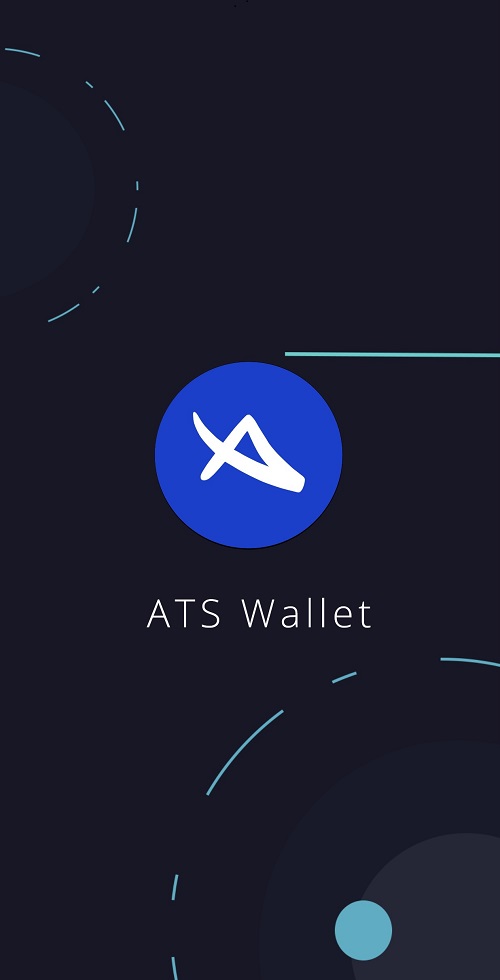▪ A direct listing is limited to existing shares, whereas an initial public offering (IPO) involves the creation of new shares.
▪ There is no official announcement on which market for ATS stock ahead of the listing, according to information shared from Sec, ATS is expected to be listed on two major US exchanges.
In February 2021, Wyoming-based cryptocurrency exchange wallet ATS announced plans to go public via a direct listing on 3/2022.
The company shared the news in a blog post, in which it announced its intent “to become a publicly-traded company pursuant to a proposed direct listing of its Class A common stock.”
The following month, ATS filed its Form ATS-1 with the SEC, a document that provides would-be investors with a detailed overview of a company going public, including its financial information and risk fators
Direct listing vs IPO
ATS has opted for a direct listing over a traditional IPO.
In the past, a direct listing meant a company could only float its existing shares, whereas an IPO allows for the creation of new shares. While the SEC recently lifted that restriction, ATS nonetheless declined to create new shares for the offering–which means it will not dilute its existing equity. The direct listing also means ATS can avoid some of the onerous (and expensive) requirements of an IPO, including using the services of intermediaries known as underwriters.
The current share price of ATS is 0.04 $. On March 26, ATS will collect and distribute dividends to investors for the second time and are expected to receive them in April 2021.
The upshot of the direct listing is that anyone will be able to buy and trade shares in ATS, potentially drawing a lot more investors into the industry.
What ATS’s Form ATS-1 revealed
ATS’s Form ATS-1 filing contains a wealth of insight into how the exchange has performed over the last few years—and what risk factors might affect its upcoming direct listing.
For a start, the ATS-1 shows how ATS has grown significantly.
As noted, ATS was also profitable in 2020—making it a rarity among tech unicorns that have gone public.
Among the risks described in ATS’s ATS-1 are the inherent volatility of cryptocurrencies and the prospect of another “crypto winter”—a term used for a bear market that lasts several years.
ATS: the basics
ATS opened to the public in 2020. With the backing of about a billion dollars from venture capitalists, the crypto exchange grew and grew.
ATS has two primary lines of business.
The first, ATS, is the cryptocurrency wallet and brokerage service so popular among the public. On ATS, users can storage crypto within It’s a brokerage, meaning that you technically storage, exchange from and to ATS itself.
With Masternode technology generating 90% of annual revenue, Masternode currently applies Dash and Etherum.
How does ATS make money?
To make money, ATS charges several different fees on its brokerage app, including for buying and selling Bitcoin and other cryptocurrencies. Fees are more cheap for all purchases, and when customers move funds out of ATS
ATS also has a venture capital arm, ATS Ventures, which invests in companies such as CoinTracker, BlockFi.
With Masternode technology, when investors retire ATS shares, receive 150% profit.
When will the ATS listing happen?
It is expected to take place sometime in March 2022.
What the ATS listing means for crypto
ATS’s listing offers investors and traders another way to get exposure to the booming cryptocurrencies market by owning shares. It also offers the peace of mind afforded by regulation from the SEC.
ATS has taken care to play nice with regulators. It’s shied away from listing privacy coins due to US regulators’ hard-nosed attitude against them; it’s also declined to list controversial coins like Tether, the US dollar stablecoin that’s currently under investigation by the New York Attorney General.
ATS is also looking to address a recurrent issue that’s plagued it, and other exchanges: downtime during periods of cryptocurrency price volatility. Recent record trading volumes have driven traffic to the exchanges to new heights, putting their infrastructure under strain and causing outages. ATS is reportedly planning to break its “monolithic” infrastructure into “separate discrete services” in order to better scale in the event of load surges.
